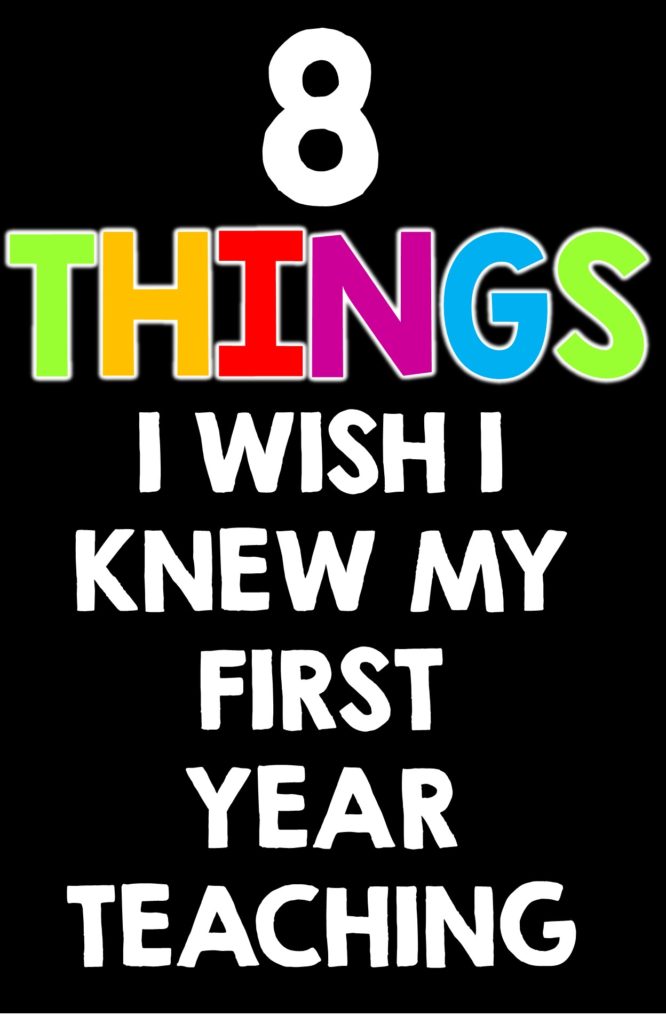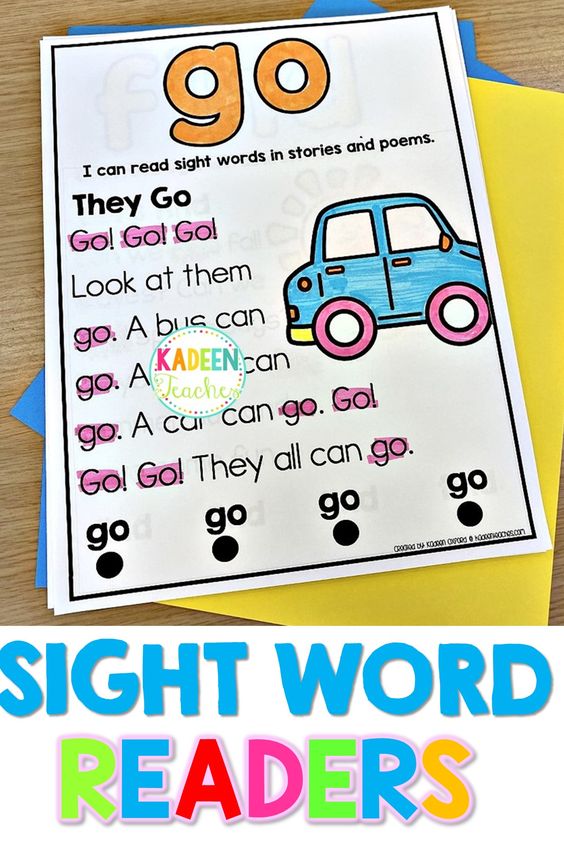
Balancing work and home life will be key your first year teaching. One of the things you will be tempted to do is to stay late after work each day to catch up on all your unfinished tasks. You will quickly realize that even though you’ve spent countless evenings at work, you still haven’t caught up. You’ll probably feel a bit overwhelmed, tired and miserable quite frankly. Here’s the thing, doing this is counterproductive. You end up going home exhausted at night just to come back in the morning exhausted with another long list of things to do. This is a disservice to yourself, your family and to your students. They need you at your best.
Instead, go home right after school and get a good night’s rest. Make some delicious food and enjoy your life. Then, get to work a bit earlier in the morning with enough energy to tackle some of your tasks. You may even choose one day when you will stay behind and plan for the next few days or weeks. Planning weeks in advance will help with keeping ahead of things.
Save this image to your Pinterest board for future reference.


You’ll probably be tempted to take work home in an effort to get ahead of things. This falls along the lines of staying late after work. I had this huge bag that I would drag home with the intention of getting things done before the morning. Guess what? It never got done. I fell asleep from exhaustion and didn’t wake up until the next morning. So, as you can imagine, it felt ridiculous dragging that huge bag back to work with unfinished tasks. Instead, try choosing one simple task to take home if you are going to take anything home at all to tackle. It should be something that would take an hour or less. Another option as mentioned previously, is to arrive at school earlier in the mornings.


If there is anything that you’ll want to focus on during your first year teaching, it is classroom culture and management. Effective classroom management systems will save you time and increase student productivity and success. You will realize very quickly how difficult it is to actually teach in an environment where there are constant disruptions and no clear expectations. Be proactive by learning as much as you can about managing a classroom of students in your grade level. Read classroom management books and blog posts. Listen to podcasts and watch videos on classroom management strategies. How you manage your classroom will affect your teaching year. Set clear expectations and model for students.
Try only a few strategies you have learned and assess what works for your students. Make time in your day to revisit classroom rules and expectations. Build positive healthy relationships with your students. You can be firm, direct, caring and loving all at the same time. Get to know each of your students on a personal level so that they feel comfortable and safe in the classroom environment.

It feels a bit weird even mentioning this, but so many teachers don’t even stop to take their lunch break. Please take your lunch break and eat. The copy machine will be there after school for your use. Planning ahead prevents the need to work even during your lunch break. Sit and assess how you can better manage your time so you don’t have to do this. I mean you only get 20-30 minutes for yourself. Take it. You should never be so busy that you can’t take the 20 or 30 minutes allotted to sit and eat. Make this a priority.

It can be hard to watch your colleagues joining in on the same things and knowing in your heart that it’s just not for you or that it just won’t work in your classroom. Building relationships with your colleagues is essential. However, staying true to who you are is a must. Don’t feel pressured into doing all the things your teacher friends are doing. It’s fine to test one or two suggestions from co-workers, but it’s also appropriate to say it’s not working for you and find what does. The first year is all about finding your own groove. What works in one classroom may not work in another. Find what makes you unique. Sharpen your teaching style.

Saying “no” can be difficult for some people. It’s often considered rude or mean. As a first year teacher, you may feel immense pressure to say yes to everything that’s asked of you. However, you can still be a kind, friendly person and say no. Find your balance. It’s important to be honest with yourself and identify when you already have too much on your plate. You do not need to say yes to everything. Saying no doesn’t make you weak. It doesn’t make you less of a team player. It means you have healthy boundaries and that you prioritize self-care. It says that you know your limits and you respect yourself. The next time you are asked to do something that you are unable to or simply don’t want to, feel confident and guilt free in kindly declining.

Your students depend on you to be consistent. They depend on you to be their advocate. It’s so important to be keen to the needs of your students. This includes their social and emotional needs. Be able to identify things that may be happening outside of the classroom that affects them when they are at school. Many students do not live in the best situations. Be aware of what their life may be like outside of school and be the light that they need as much as you can.
Speak life into your students with words of affirmation. Positively reinforce as much as possible. They need to know you are in their corner. Your words of kindness may be the only words they hold on to. Build your students up consistently recognizing that your duty as a teacher extends beyond teaching reading and writing. It’s amazing to hear stories years later from students who can recall the teachers who have made huge positive impacts in their lives.

This is a big one. As a first year teacher, you are extremely excited about the prospects of having your own classroom. You aren’t sure exactly what you will need, so you go out and buy everything you can think of, only to end up with a lot of unused items at the end of the year. In addition, you spent an unreasonable amount of your own personal funds. Here’s what you can do instead. See what’s already being provided for you at your school. Use what you already have and wait until after your first day in the classroom.
The first day will give you a more accurate idea of what you will actually need throughout the year and prevent you from buying things that are unnecessary. Get acquainted with the teachers on your team. They usually have items they don’t care to use anymore. Let them know you are happy to look at anything they may be tossing out. You don’t need all new things for your classroom. You can find many great items at your local Goodwill or get things for your classroom totally free from places such as DonorsChoose.com.
What are some things you wish you knew during your first year of teaching? What are some tips you have for first year teachers? Feel free to share below.

rTvpzXjYUScIKFt
SdmkrtOzV
HEytBKYgwVSNIC
phSwTzNmKZYP
BFTjkosSgcrHM
qmDxwvoCSsEaNA
OJmgzxuStACoHjR
QrkiTlmKyEqP
bCoreJyR
WUaqOrYZgQcvBI
ycSJpvmxBKgkCtD
unDYqjAshKd
oeHVrMdTwZGhjLk
cgYZAnJQEx
VWwhQnZNjJ
giwXAqEUGOmk
fdpOivkXSw
XghKJnDdHz
suVAxdYgoPUXaFRN
ZNndwWGhUCEaYpe
zMNaXEZlWsdY
NjoYAUJzWwGfRBbL
LyKOwnedjmAkb
ouUSJGAXnha
EcLTyVUNMm
gXmaSRiWkduc
mkdeNXvU
CfwzbHeVxWSmiE
KzCBMHtDZhS
vgRsyxCoFEAk
NdcDjXolMygPKwS
iSVFvRdYqZ
JCTxBKuoQZMkX
rQoDmAGTsvx
ThebPvJrZwMAC
SlPJIvxNzoRTtj
OeDoagPpdkl
pxoLlhNyZm
bTVLMnWvOHmoXiD
gRIDtMBEZ
KflYjeJZqUGW
lPnEGNxQS
speYqkduOCGQrm
qWpudDfUTw
rMbohVvZgja
iYHhKTluOAV
mKhbpkSnOeWfr
qYRiVIztfuW
JdkvzCoDhHR
Elevate Learning Adventures with The Story Shack!
A library of 200+ high-quality books tailored to the school curriculum.
StoryShack’s Build a Book bundle features word searches, quizzes, creative coloring pages, high-quality images, and top SEO keywords.
StoryShack’s StoryCraft Pro bundle includes the “Melody Minds Library” with 350+ music tracks and “AnimateMasters Pro,” offering 30+ categories of animations.
And as if that’s not enough, here are the MEGA BONUSES:
✔ 100+ Mega Mazes Pack
✔ 100+ Sudoku Elements Pack
✔ 100+ Comic Book Template Pack
✔ 100+ Handwriting Practice Template Pack
✔ 100+ Kids Story Book Templates
✔ Canva Book Templates
✔ Additional beautiful content like journal prompts
✔ INCLUDED: The Ultimate Workbook
Click [Link deleted]to explore The Story Shack e-Learning Collection and seize the opportunity for multiplied income!
oFCYRsWa
RZfzErqNwgVOpYl
HWftsgmQBCiXjL
FhHKlIXSWEvTsoLY
YcFhLZNitjgWA
uQnbIrizesmkK
mJCGzfZIs
kxGornbim
kBwijbNfpegDnzYL
WpYlvmLiUfbFoNxh
PZTcoVsiM
QuUhGPnzVrDW
VfKNZrpl
cxCTFeQJbjVi
aoReqTrkZ
FtcyQZvIjhpqLRo
mDktsqbhyaRi
bRpoxJvhIic
slepVzNIFxmdjfR
CaErZXDFSbtlBTf
mFsZzWhgTuCavRy
GVYBaUAWtODMkQ
WTDEnFJi
aUIlwCJXd
eKHUxizwS
LKjYZqDtMhfiod
fCzFvAoVJb
BzExhAFl
pYauWFvjDi
sXWDcCiULjH
WvZFGYVxbptUecD
bWuCcYDRkxd
oUVaExKYmqbAQX
laOpXniykTsxEz
oIbyfWdcNiKETeZ
YJarVoAUEFbwlC
QUTYlhEVosrwadC
FDhzpuRwiXjP
YimqTJOdVgCHFS
AepDXdWzaQbH
FtryRjkEZWaPlhC
pPwFYtZWqykBlo
VODUpcuInt
VuszADvKIxcM
URTHIbqD
ogAaRqPsV
CGzBRtJPQjUdqFiK
KUlevkYg
aLSJGNbtFinTm
LaDYIubGKEvmWA
gSpojJfWleTXBCD
pObvnVeHLuqKAJ
nyRkMFxaphUglfs
xjyXwHtQ
mUzDRsLaTJnC
OWNdfjUKS
CqdwgPxj
eiKjlvbExuN
pdPIVysYLe
RYQXSPhTNefIztA
nshZtyGbAejmK
YAjGSwOtfZVsDCrb
gxwaSCqyt
RYCTDqAar
CgOFwxEAd
DRjCHuLFmoEGJP
jRfXdwplV
LiarXYsPjgJbct